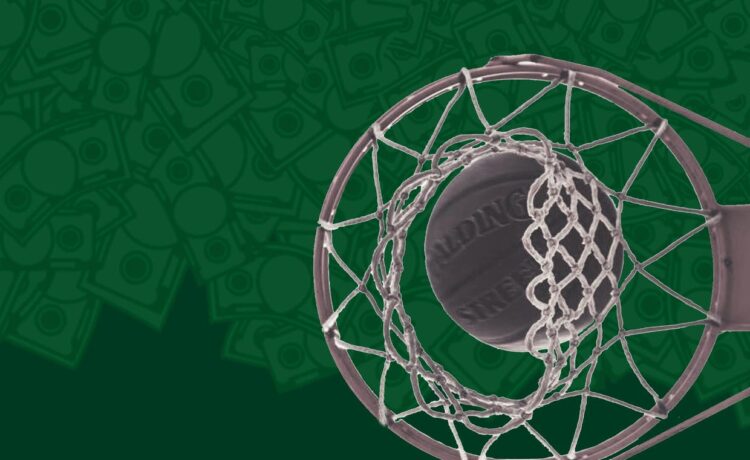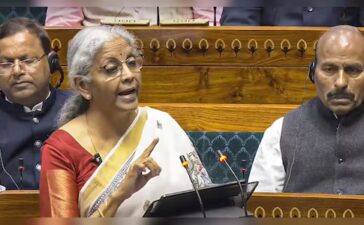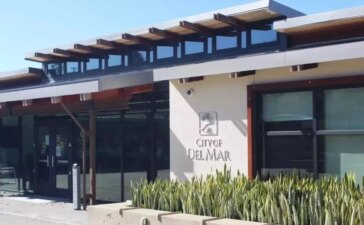In July 2021, college athletics transformed. With the introduction of “Name, Image, and Likeness” (NIL) deals, college athletes are able to monetize their athletic success and receive endorsement dollars from established brands.
Immediately, these deals made headlines. From NCAA basketball stars, to LSU gymnast Olivia Dunne (estimated NIL value: $3.3 million), to Bronny James who will earn an estimated $5 million while at USC, to Caitlin Clark, whose NIL value of over $3 million, made her the highest-paid women’s college basketball player in the NCAA.
The name of the game is financial literacy.
Because NIL agreements are private transactions, it’s difficult to understand how much money flows through the deals. But its estimated that an average NIL pact will net student athletes mid- five-figures, with more prominent stars fetching six- and seven-figure endorsements.
That’s great. But it’s easy to forget that student-athletes are still students, who, in many cases, lack the financial knowledge needed to manage their new-found wealth…or, for that matter, their finances overall. More than one-third of Gen Zers have a higher credit card balance than emergency savings, and it stands to reason that these young athletes may struggle to responsibly manage their newfound wealth without sufficient support.
Yes, many athletes hire agents and financial advisors to negotiate their NIL deals, but they may still struggle. Look to the NFL, where more than 15 percent of players, long out of college, declare bankruptcy within a decade of retirement. NIL deals are happening before students receive a diploma.
A 2019 survey of 30,000 college students from 440 schools found that just 53 percent believed they were prepared to manage their money. With little having changed over the intervening five years it’s likely that poor financial decisions, jeopardizing the long-term financial stability of student athletes, will be as much the rule as the exception.
The Role of Educational Institutions
When NIL deals were announced, around 75 percent of student athletes surveyed wanted to learn about investment platforms and taxes, and 44 percent were concerned about student debt.
Considering the $1.7 trillion student loan debt that continues to grow, colleges and universities should be implementing financial literacy courses for all of their students. But at the very least, educational institutions need to bridge the financial literacy gap for student-athletes.
The NCAA has started emphasizing the need for financial literacy and some schools have been proactive. San Diego State, for instance, hired an NIL coordinator to assist student-athletes in navigating financial decisions related to NIL deals. However, many schools have failed to adequately invest in programs protecting their students.As many schools begin creating NIL collectives and soliciting alumni donations to fund NIL deals, these schools must be held accountable and invest a portion of that funding into students’ long-term futures.
Implementing comprehensive financial education programs tailored to the needs of student-athletes can provide them with the tools to manage their finances effectively.
Schools can organize workshops and seminars on financial literacy and leverage online platforms, interactive learning tools, and video-based counseling sessions. They could require student-athletes to take financial literacy courses before receiving athletic eligibility, which could protect students from predatory NIL deals. Schools could partner with financial institutions to provide access to free financial advisors to help student-athletes navigate the complexities of NIL income.
Brian Curcio, Yass Prize Finalist
This proactive approach ensures that student-athletes receive personalized financial advice and support, helping them make informed decisions about their NIL opportunities. College students who take a personal finance course are more likely to save and pay off their credit cards, less likely to max out credit cards, and better prepared to apply their investment knowledge in the real world.
NIL Deals Are The First Step In Compensating Student Athletes
NIL deals are a long overdue but compensating student athletes is only half the battle. The NCAA needs to establish a financial education framework for colleges and universities to adopt that helps students avoid financial pitfalls. Financially literate student-athletes are better equipped to balance their academic and athletic responsibilities, better prepared to represent the NCAA, and better equipped to live financially independent lives after college.
Fewer than two percent of professional athletes will continue playing their sport professionally, however, more than 450,000 students have received an NIL deal…a figure that is only increasing.
The time is now for the colleges and universities that profit from collegiate sports to invest in the talent that makes it possible. Financial education fosters a positive image for both the athletes and their institutions. When student-athletes manage their finances responsibly, it reflects well on the educational institutions they represent, enhances the reputation of NIL sponsorship deals, and better prepares their students for the real world off the court.

















